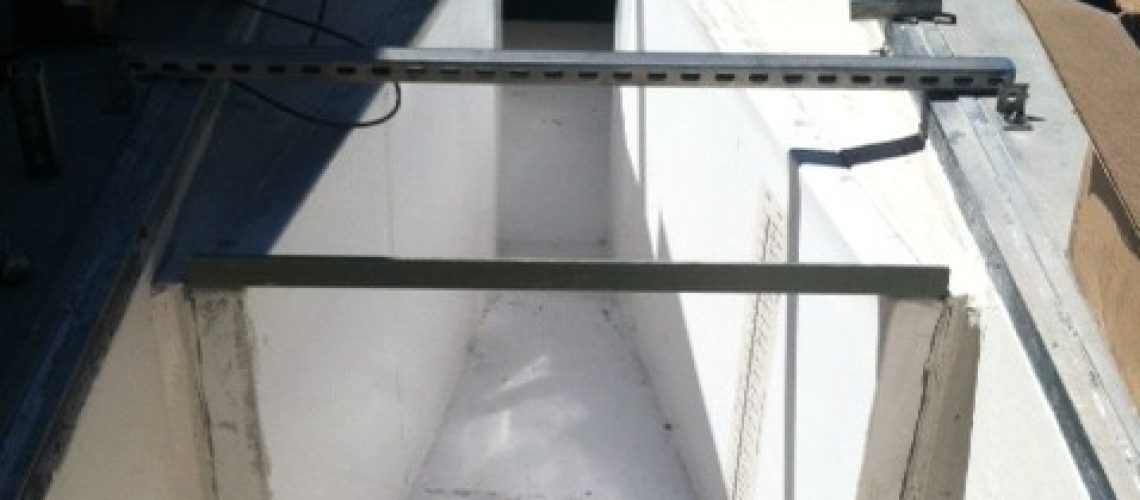A flume is one of the best options for measuring flow rate in all sorts of different flow conditions, but if you want those measurements to be accurate and reliable, the flume must be installed correctly. The flume installation process is key to ensuring long-lasting, accurate measurements without mistakes that render the whole effort pointless by throwing off any measurements you might take. Here are the most common flume installation errors to look out for.
Poor Approach Conditions
One of the most important aspects of any flume installation is the approach conditions, and the most basic one is that the direction of the flow must be aligned with the flume itself. The centerline of the flume must be the same as the direction of the flow. Anything less, and you’ll find yourself with one side of the flume giving a different reading than the other side. Given the sharp direction an off-centered flow might have to take, you may not even be able to achieve criticality as the flow passes through the throat, which renders all measurements useless by default.
Other poor approach conditions can compromise your flume’s usefulness as well. A turbulent flow, for example, may throw off any measurements because the flow’s surface level is inconsistent. While there are methods to counteract a wide variety of poor approach conditions, there is no universal solution. Additionally, it’s important to recognize that not all solutions are applicable to all flume types.
Pressurized Supercritical Flow
Two factors are necessary for a flume to work properly: The flow must be flowing under open channel conditions, and it must be subcritical. Anything other than that, and the flume won’t be able to get accurate measurements. That means if you’re installing a flume in a pressurized pipe, you won’t be able to get useful measurements. Think of an open channel as one in which the only thing moving the flow forward is gravity and momentum. Pipes can still qualify as open channels, but they must have a free surface.
Criticality is the sweet spot in a flow where measurements can be taken. Criticality is determined by the flow’s Froude number. A Froude number of 1 is critical. Anything greater than 1 is supercritical, while anything less than 1 is subcritical. As the flow approaches the flume, it should be subcritical. It should reach criticality as it passes through the throat and be supercritical when it exits the flume. If it’s already supercritical by the time it enters the flume, there’s no point of criticality to measure.
Unlevel Flume
Flumes must be level in all directions to function properly. That means that the front end, back end and sides all need to be at the same height. It’s extremely important that the levelness of the flume is set during installation, as there’s often no recourse except for starting over if it’s not level. You can get away with some shifting if you’re using a cutthroat or Parshall flume, but most flume styles don’t have any available corrections to the equation if they’re not level.
Find a Flume With Tracom
Now that you know the common flume installation errors to avoid, it’s time to get your flume up and running. That’s where Tracom can help. Get in touch with our team today to start designing the flume that works perfectly for your unique flow channel conditions.



